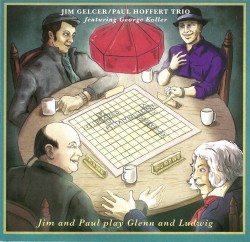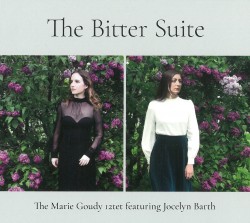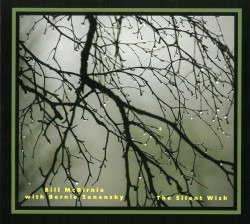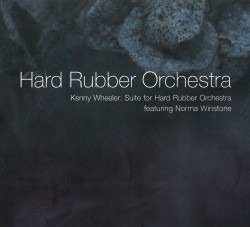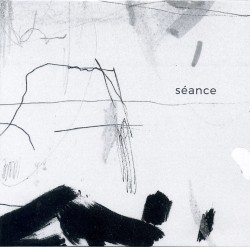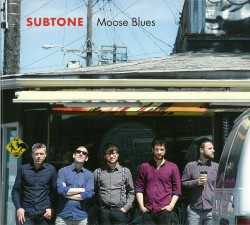Northern Ranger - Harry Vetro
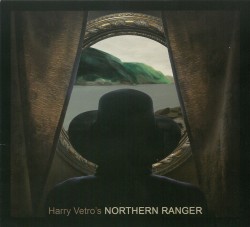 Northern Ranger
Northern Ranger
Harry Vetro
TOSound TSND-02 (harryvetro.com)
Northern Ranger is both an ice-breaking ferry operating in Newfoundland and Labrador and the name of an album by drummer and composer Harry Vetro. Vetro was inspired by Canada’s 150th birthday and a desire to travel across the country and learn more about our geography and Indigenous communities. An undergraduate special projects grant from the University of Toronto to record his first album allowed him to create this ambitious project.
The album creates an illusion of travelling through its descriptive names and some programmatic elements in the music. Many of the compositions are named after travel, for example: Gondola to Blackcomb, Hawk Air. Another way of creating movement is the mixing of several shorter pieces (solo guitar, solo piano and two trios), with works using a larger group with rhythm section, trumpet, saxophone and a string quartet.
The album opens with Northern Ranger: Leaving Goose Bay, an almost two-minute guitar solo played in a semi-classical style by Ian McGimpsey over the sampled sounds of the ocean. This leads into a thoughtful drum solo by Vetro which begins Buffalo Jump. Then the whole ensemble plays but quiets for a solo violin poignantly playing the main melodic motif, which is repeated by guitar, and then all strings and brass join for an animated central section.
Repeatedly beginning small and gradually building could be a cliché in music but in the context of this album it is a thoughtful exposition of the travel theme, where soft beginnings lead sometimes to rousing excitement and other times to quieter introspection. Vetro’s compositions are mainly jazz-oriented but have heavy folk and classical influences. The performances and solos are excellent and Lina Allemano has a marvellous trumpet sound, with a broad lyricism that reminds me of Kenny Wheeler.


